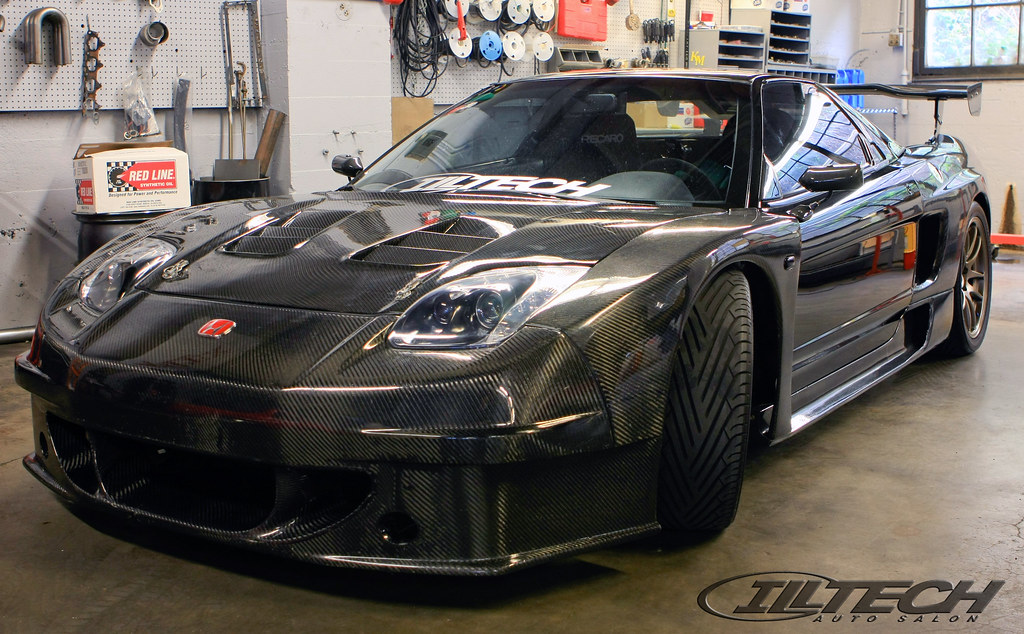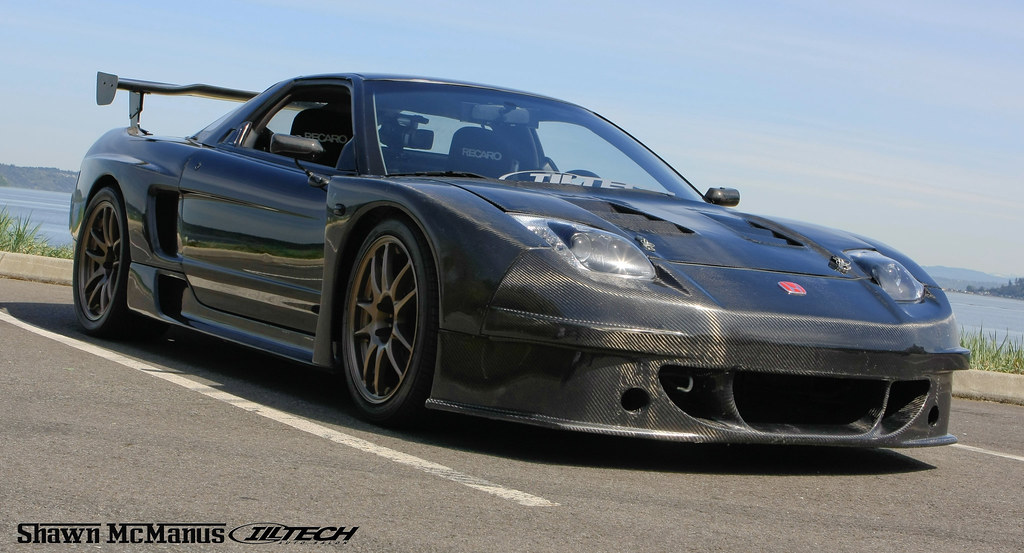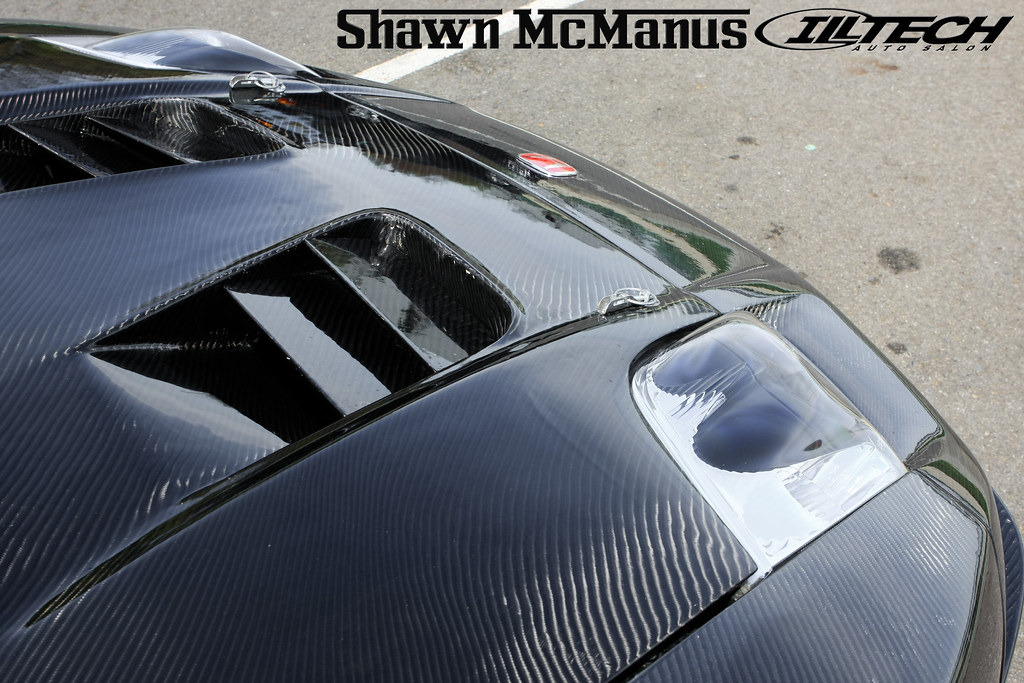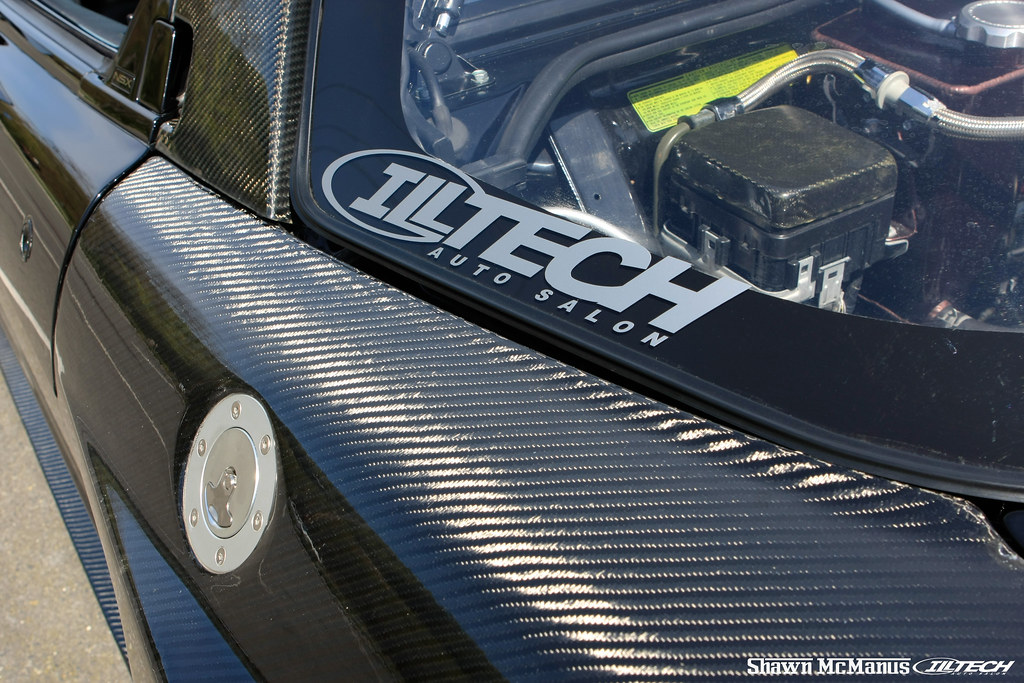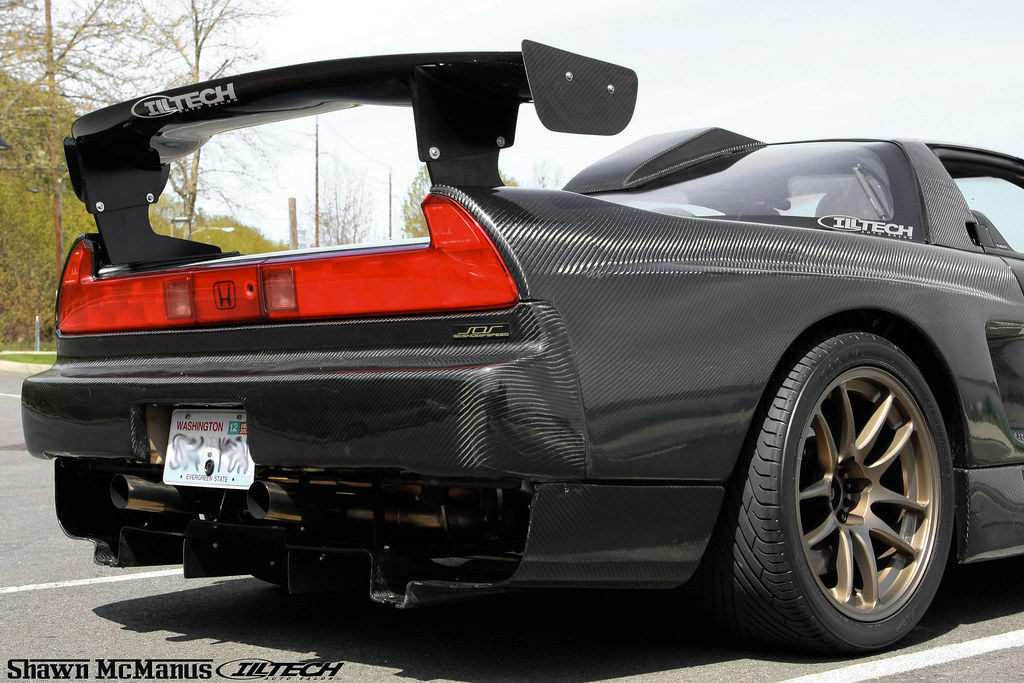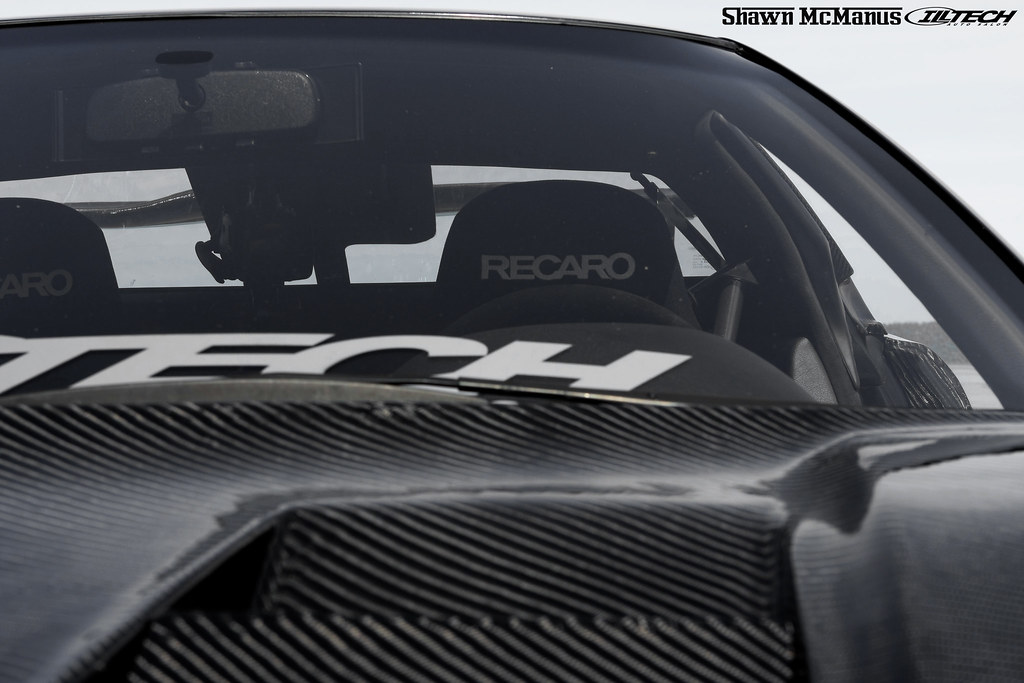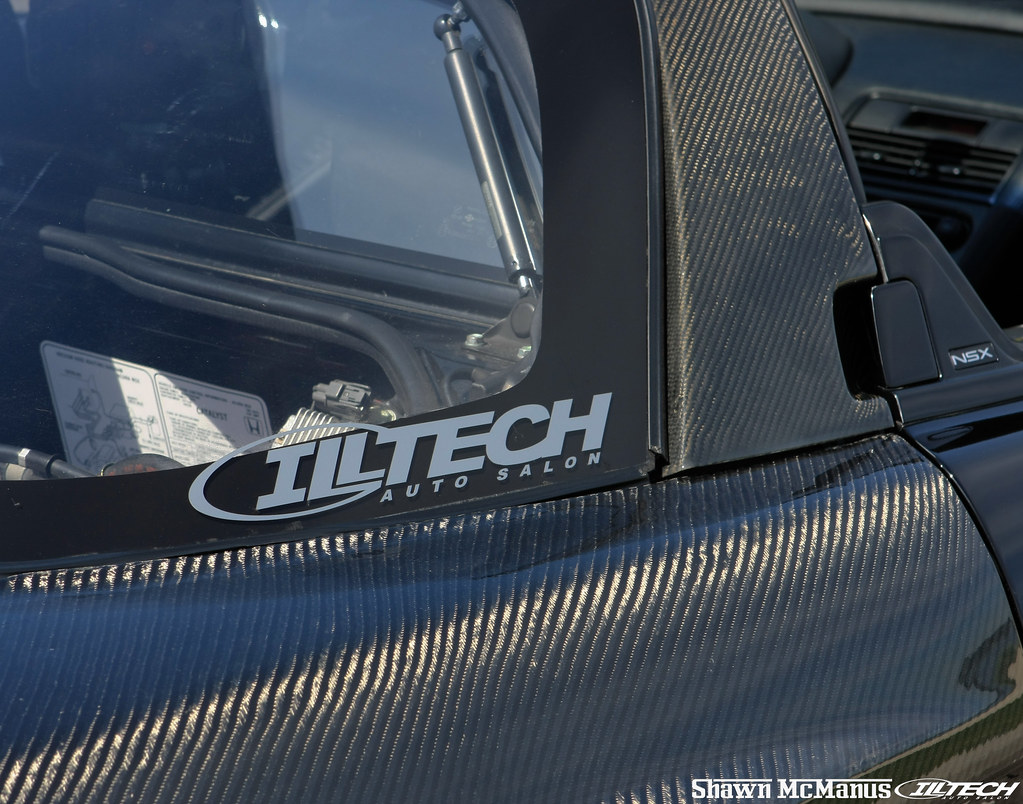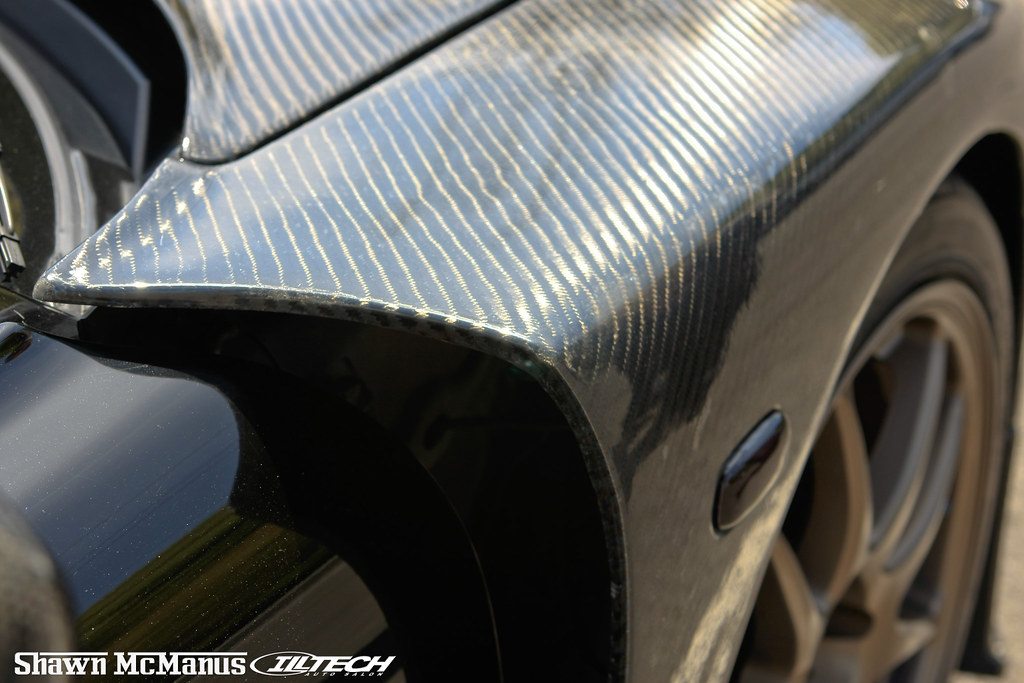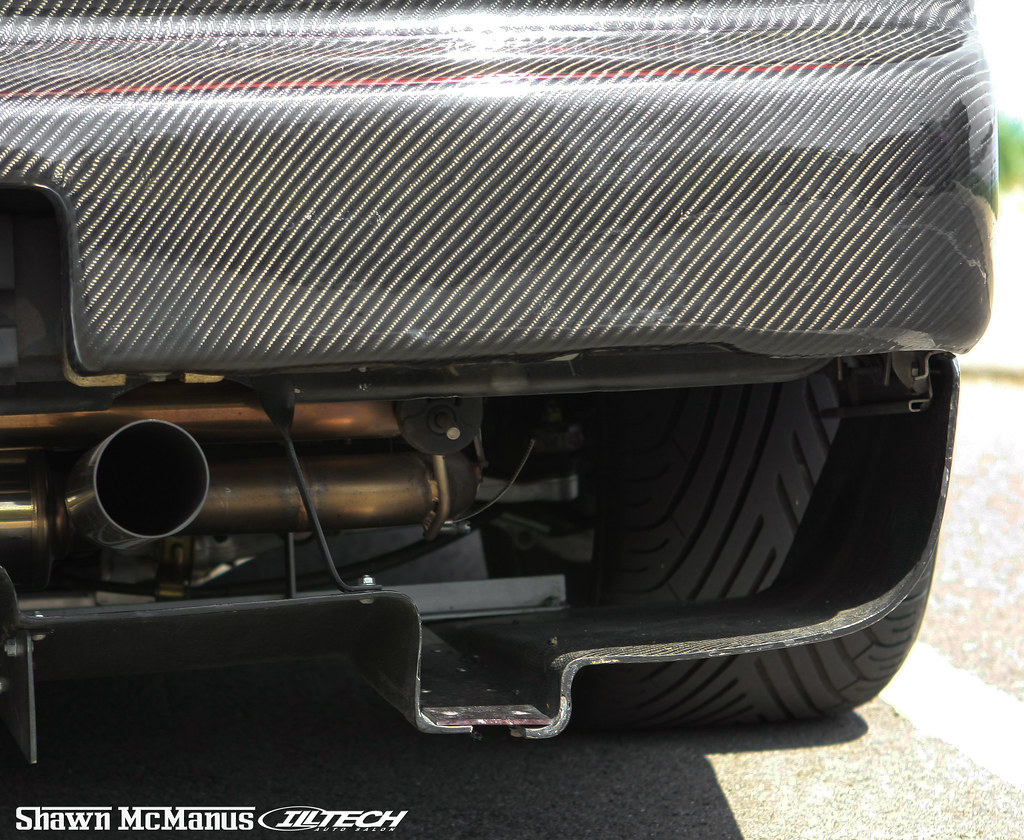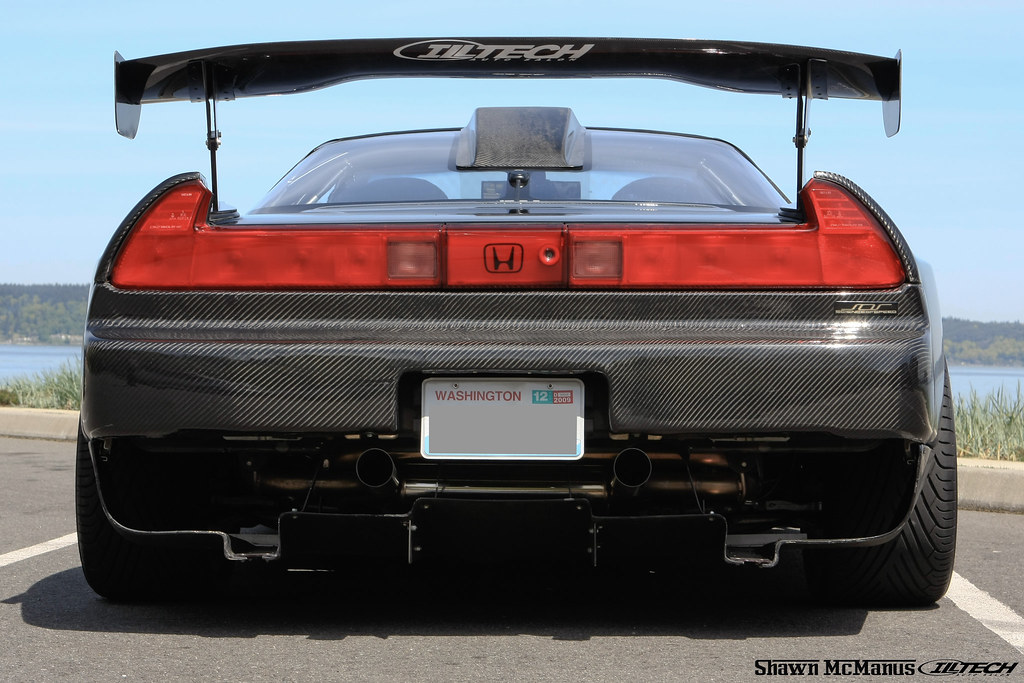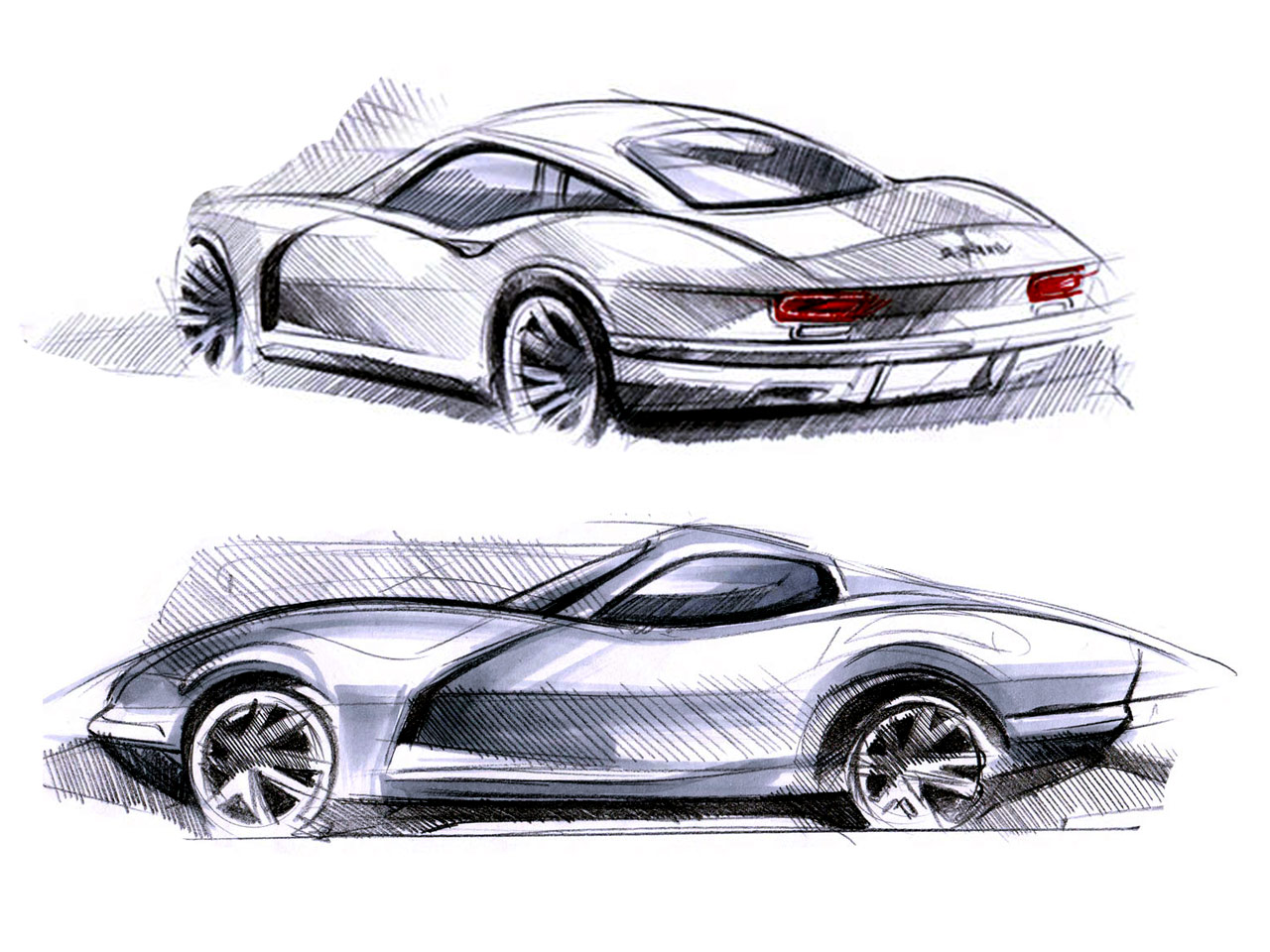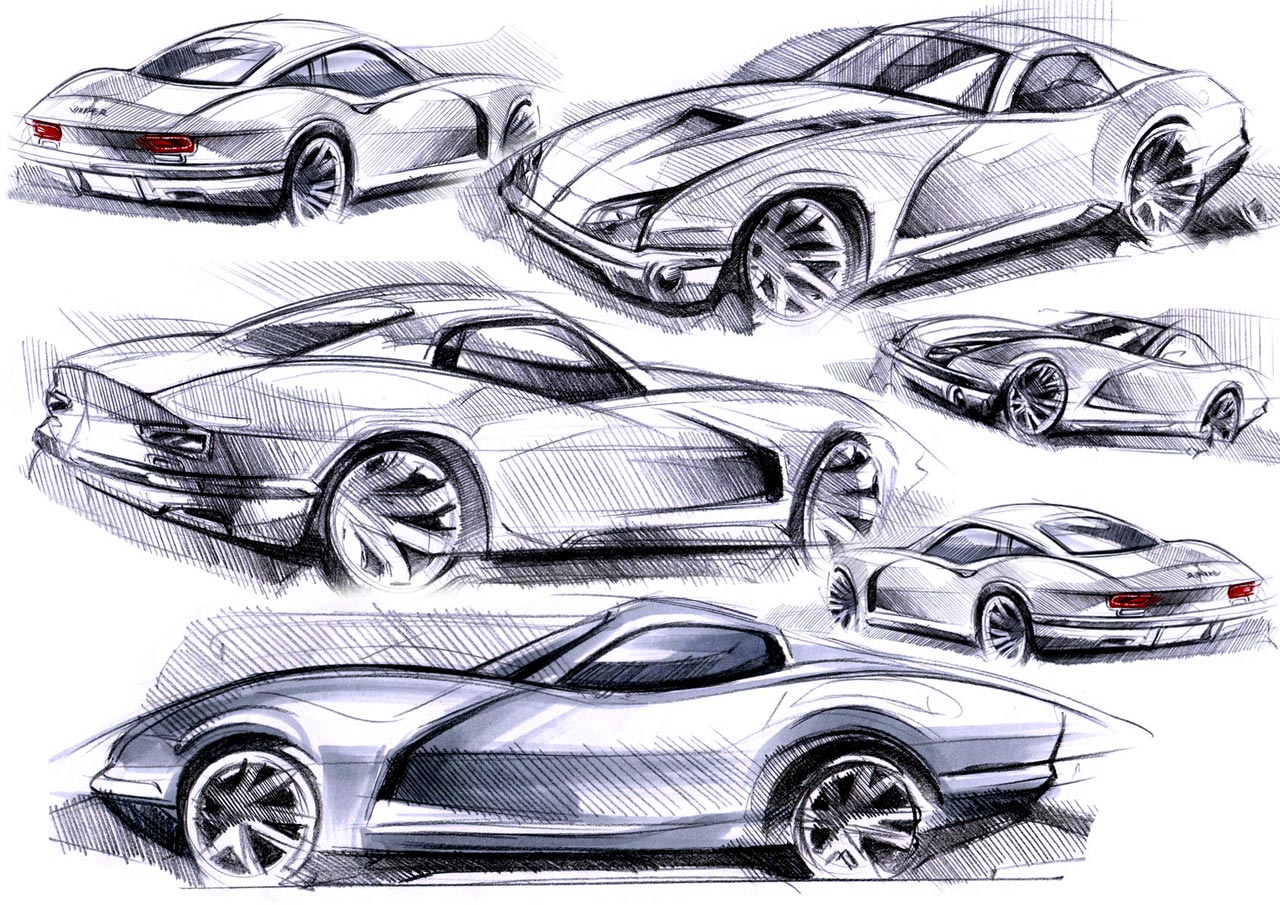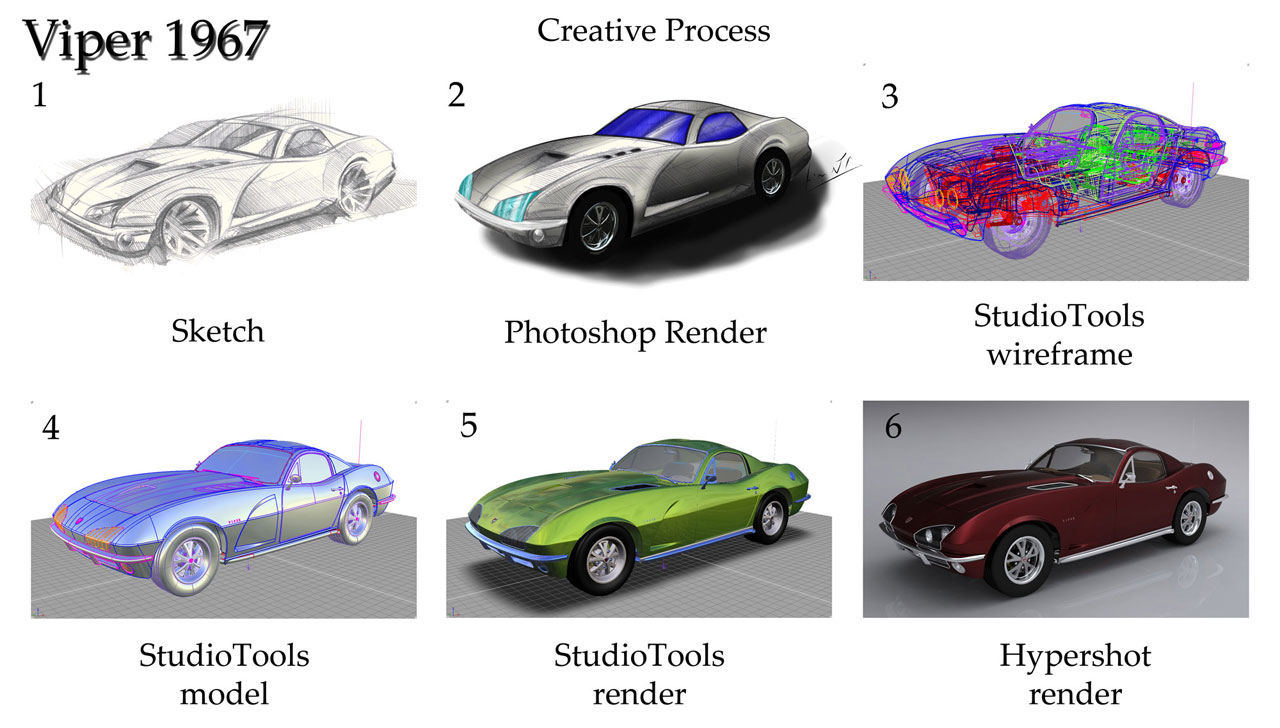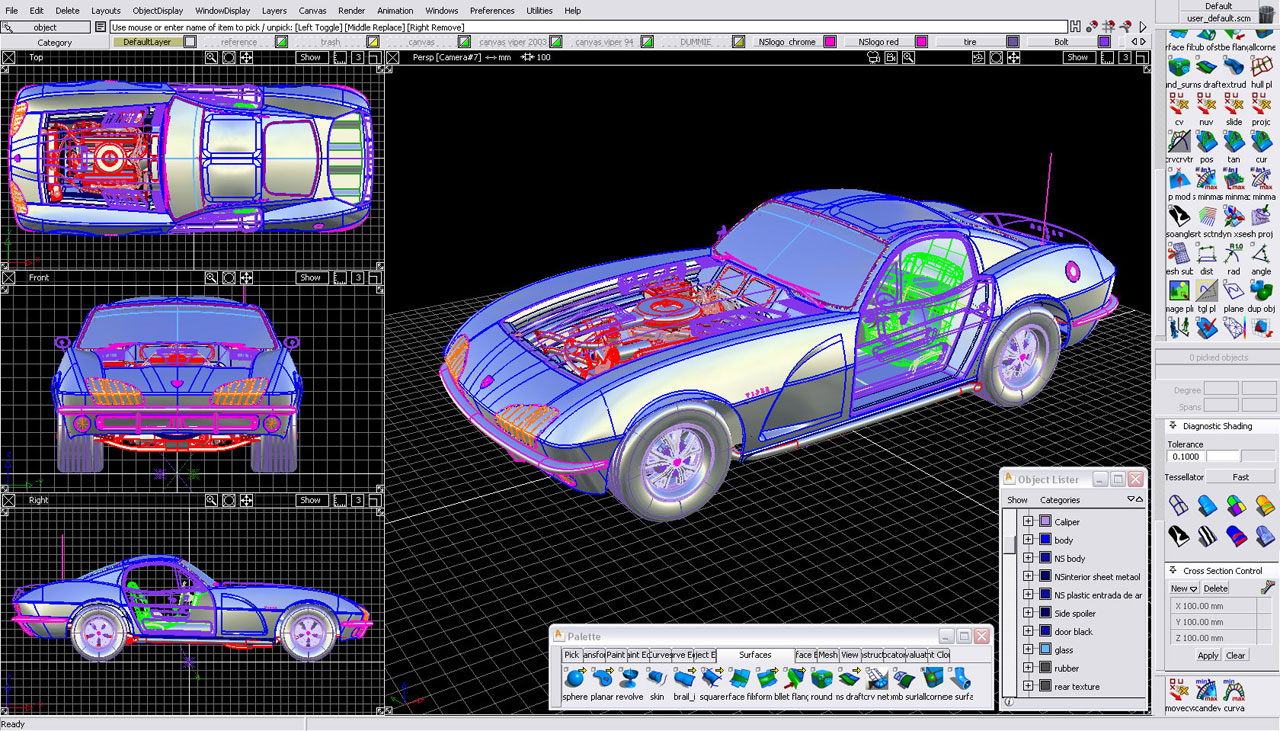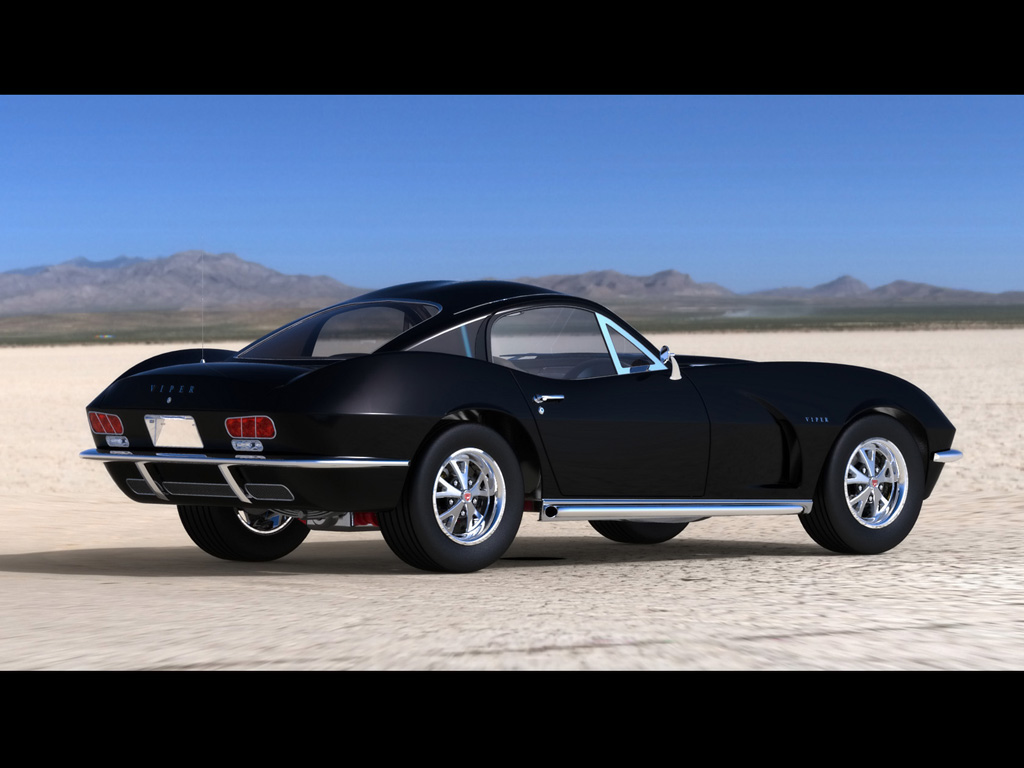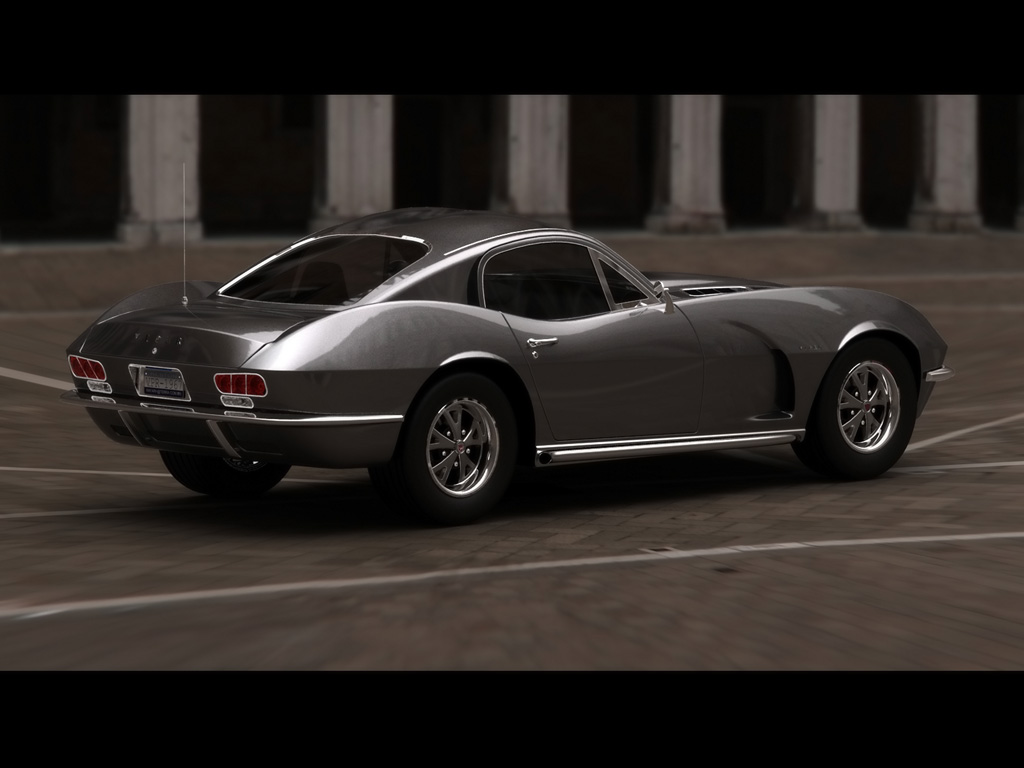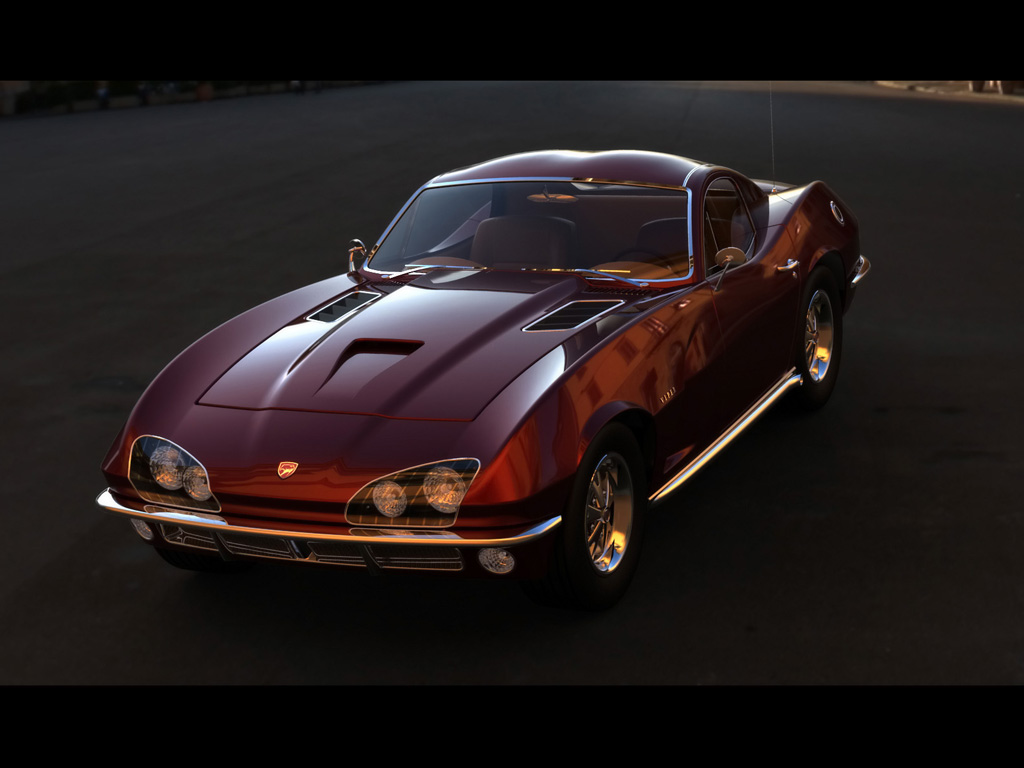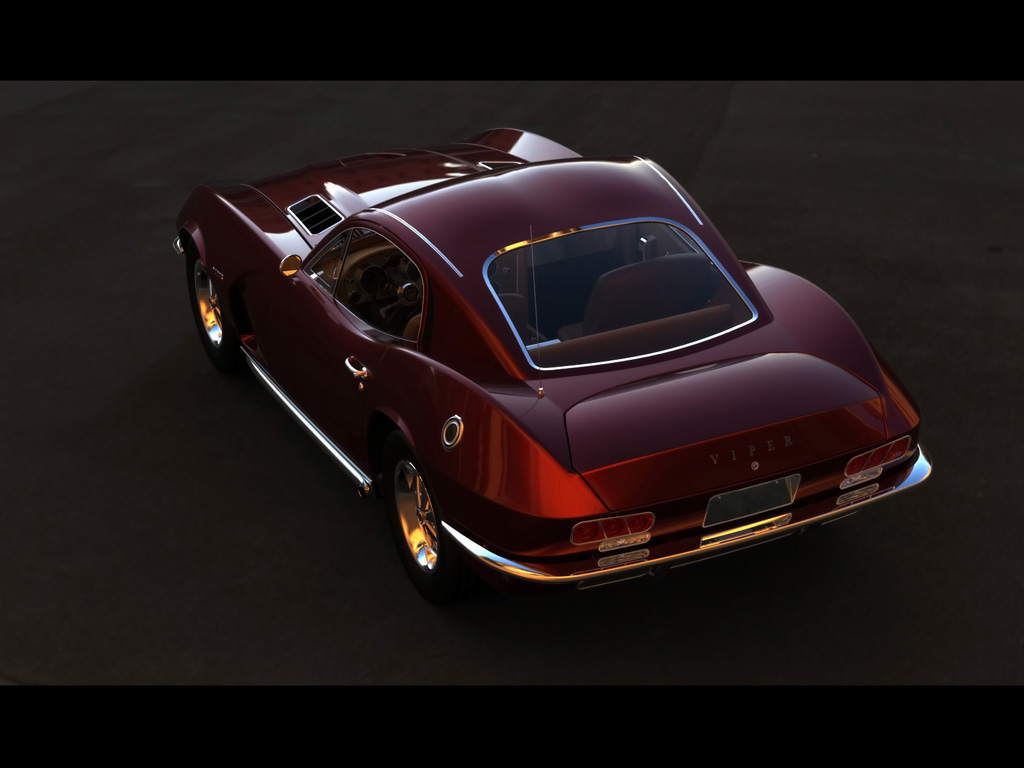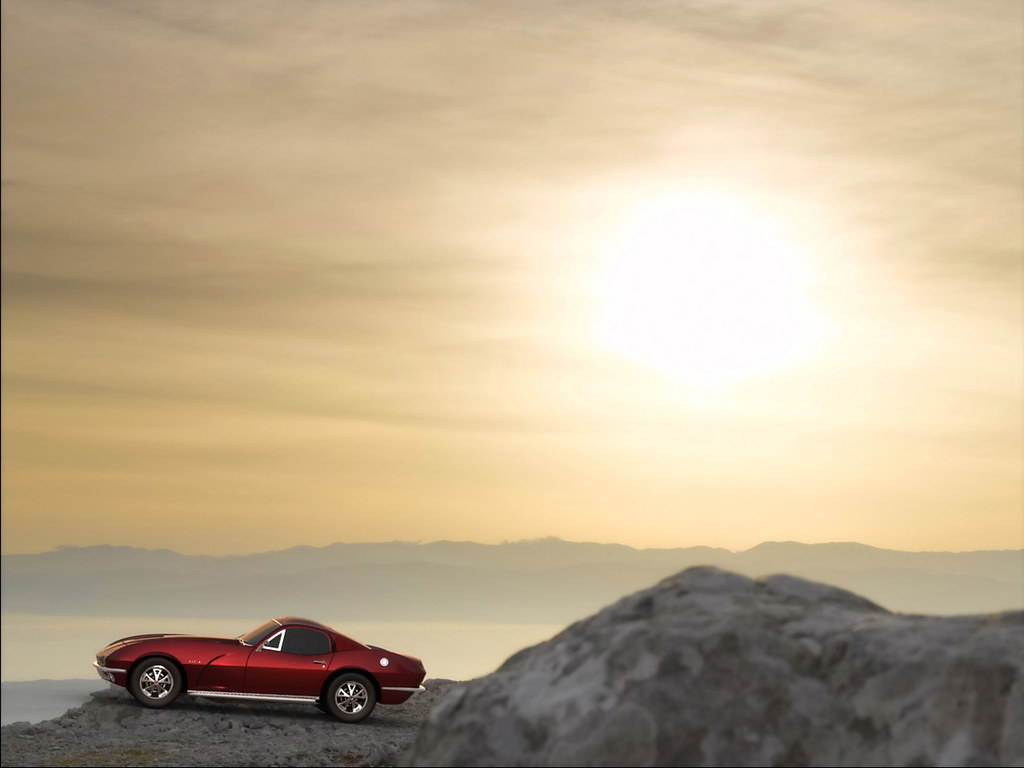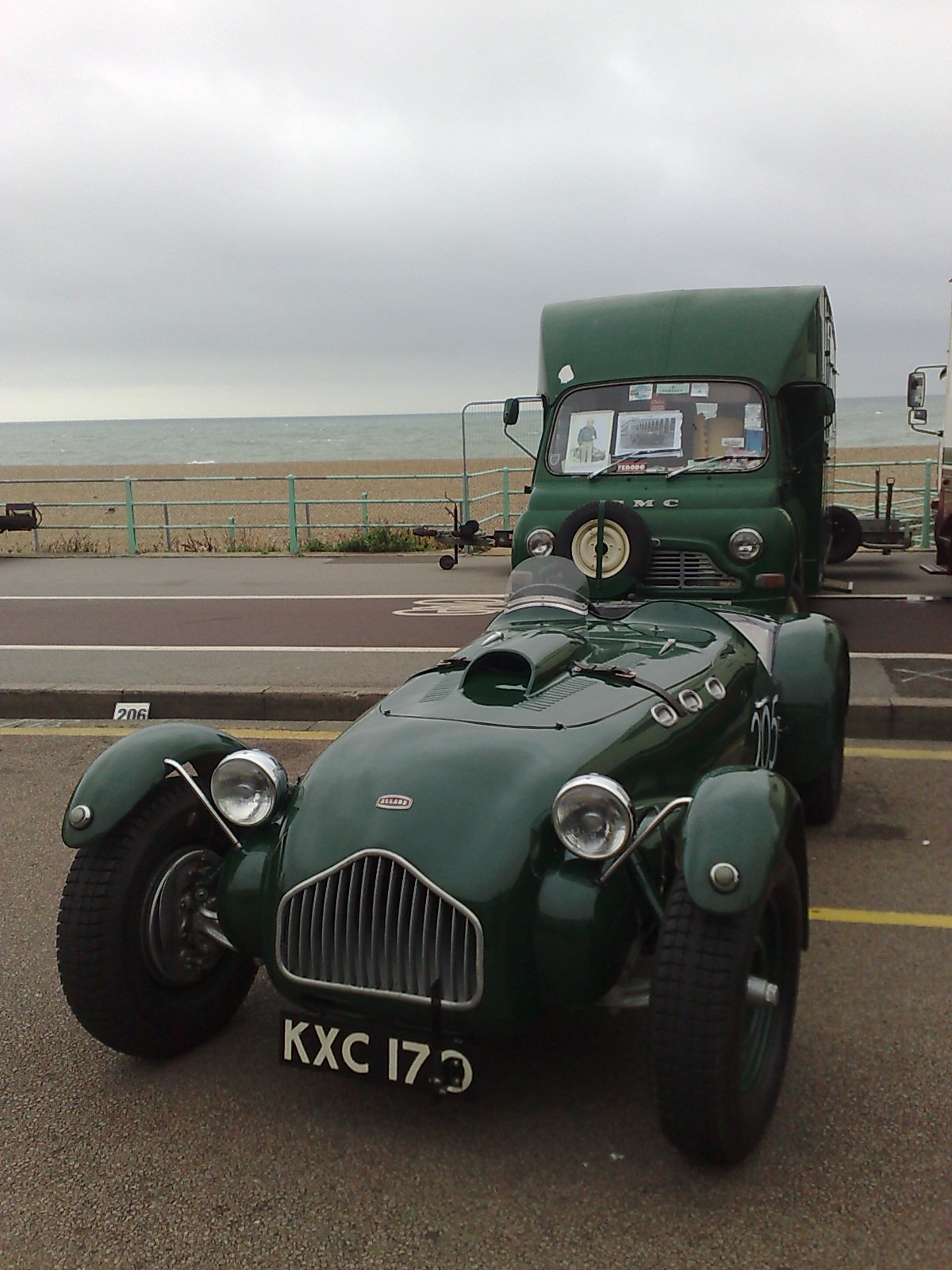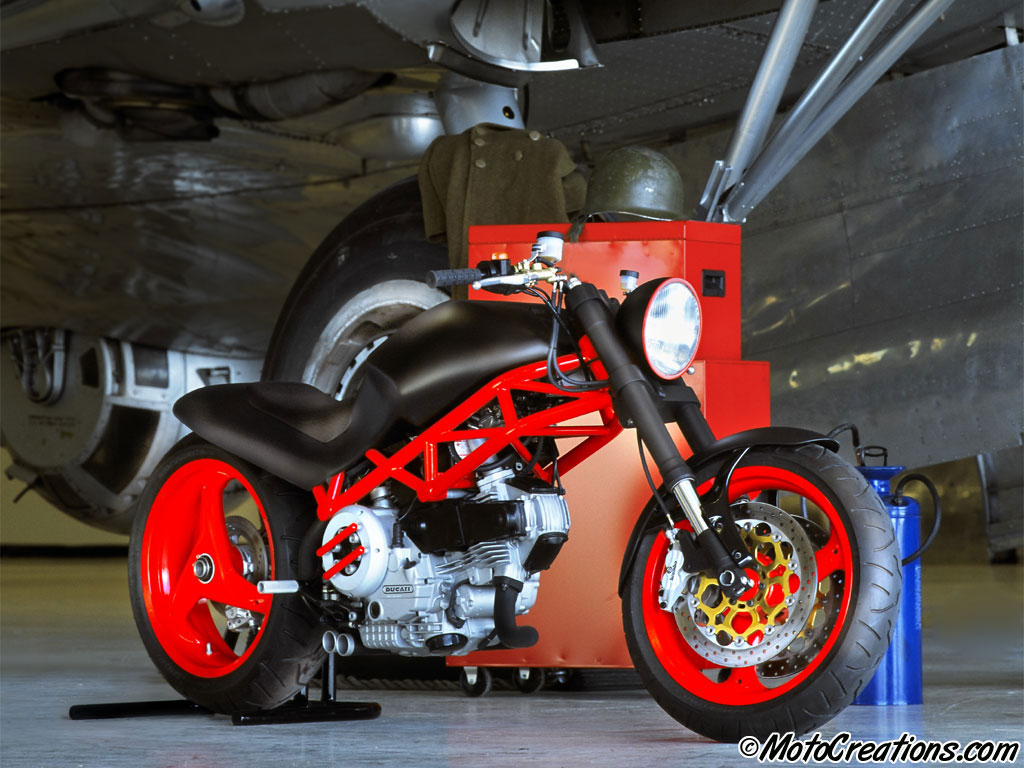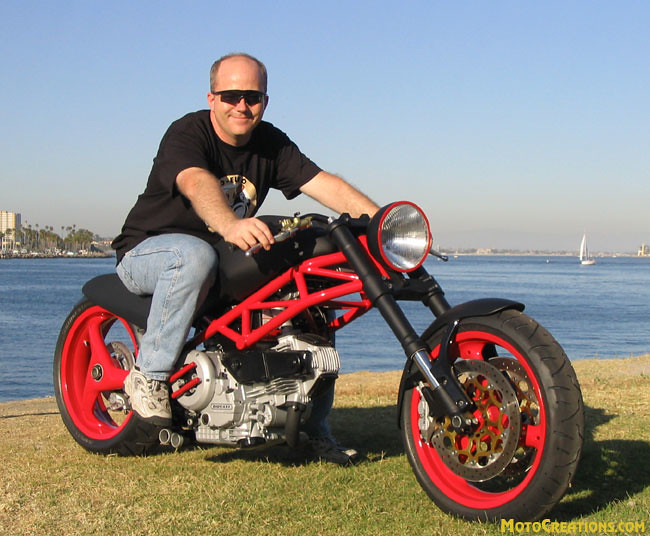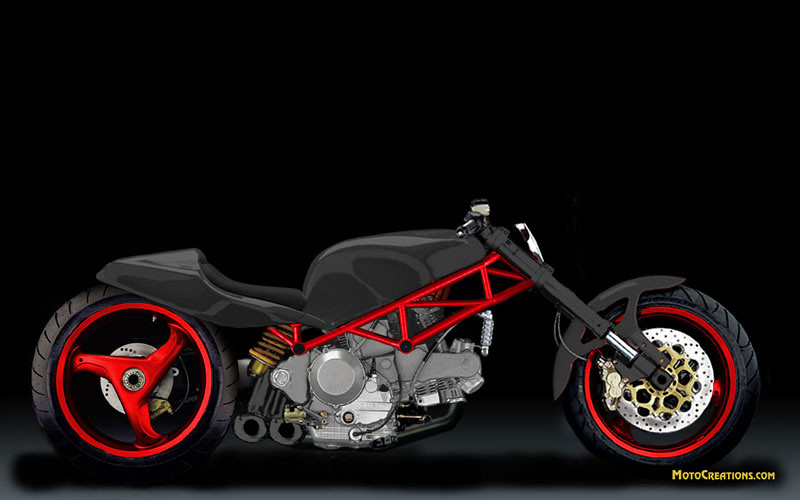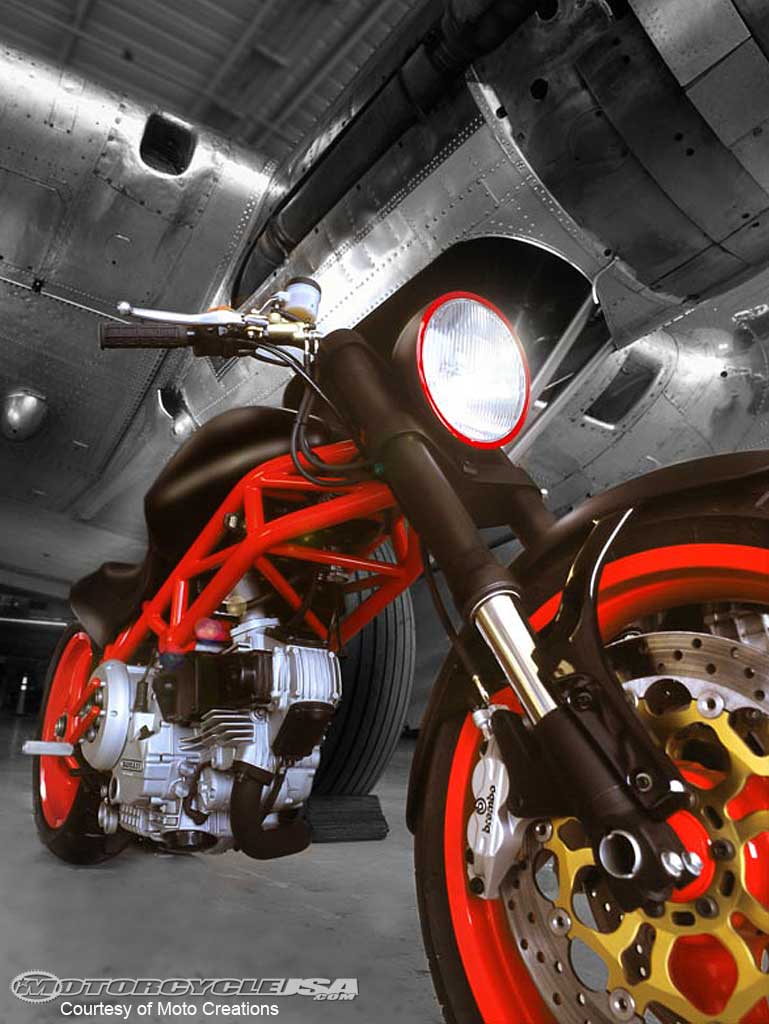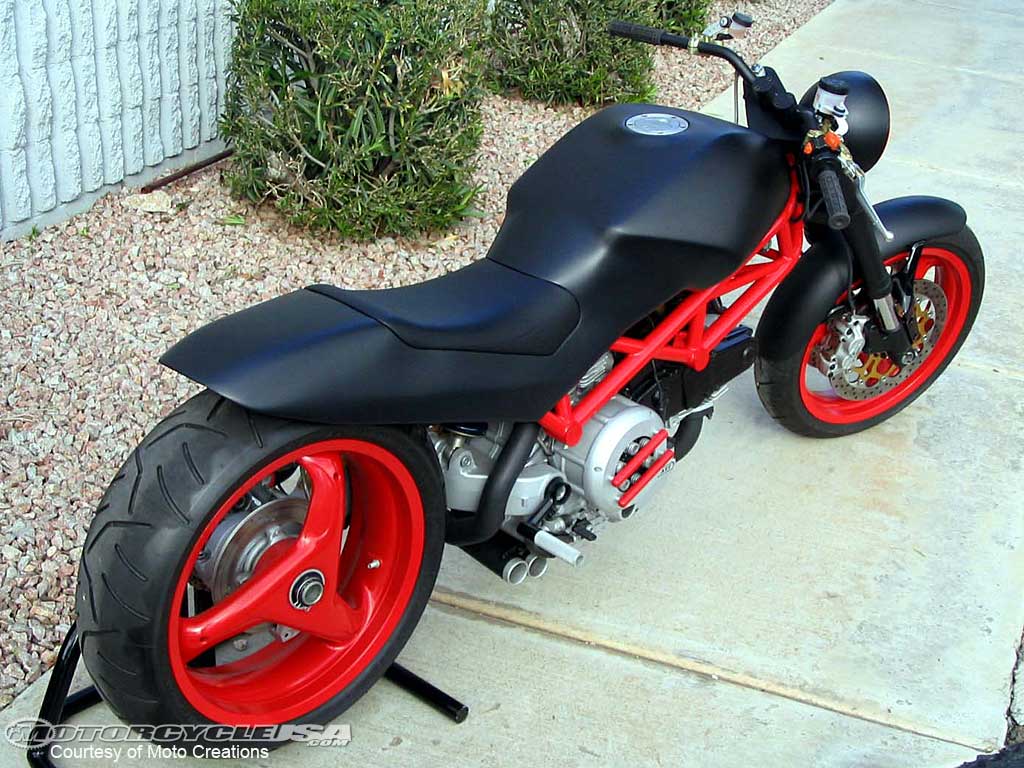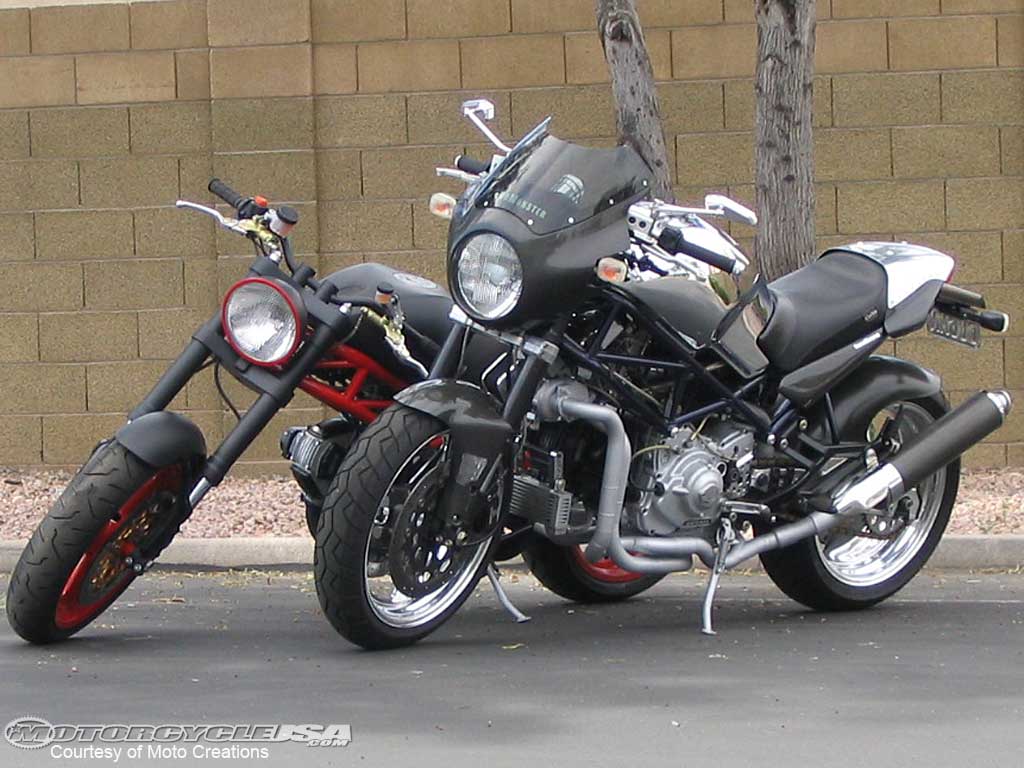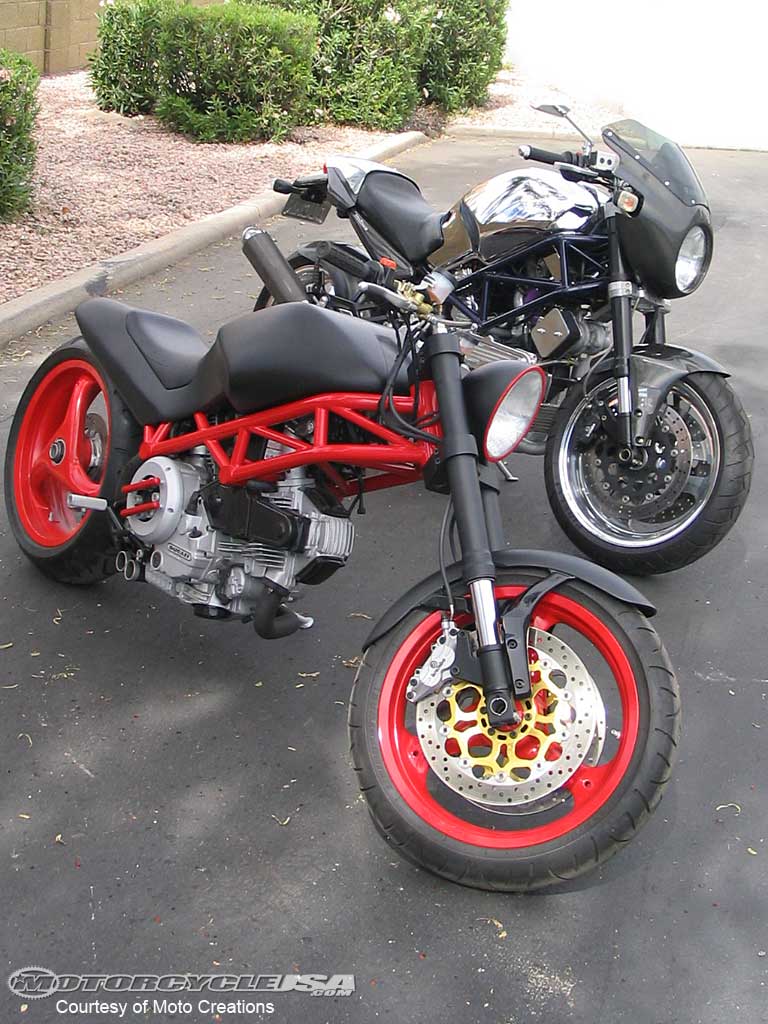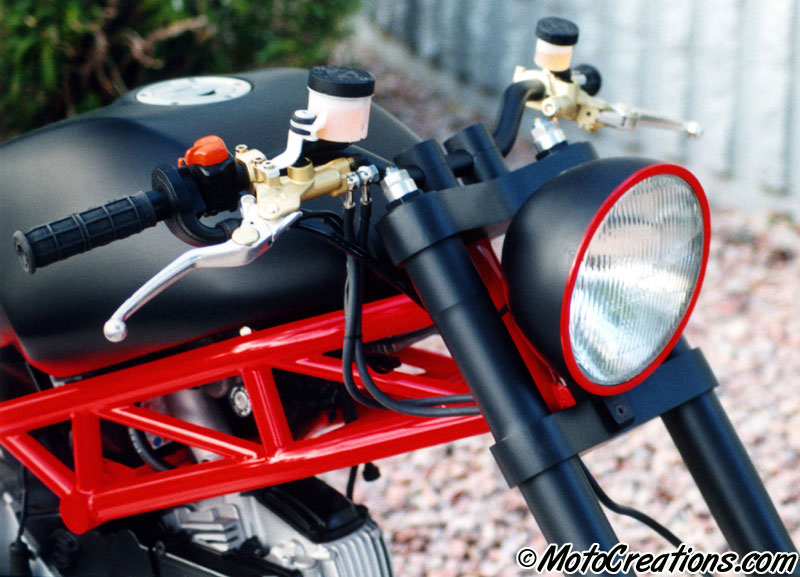I'm taking a couple of weeks off from The 'Effect'; primarily to recharge my batteries and to write a test article for another, quite well-known blog (fingers crossed) and while I'm at it, dedicating a wee bit more time to my music blog, as that's now getting the attention it deserves. While there won't be new content, of course you most welcome to walk the corridors of the archive and partake of the board of fare.
There will be one more post on here this week. Like it or not, it will ruffle a few feathers, but it needs to be said...
'ZO
31 October 2011
28 October 2011
Illtech Auto Salon's Carbon NSX
Ayrton Senna helped develop the handling of the Honda NSX, a car of such pure driving ability probably because of the input of Beco himself. It can be argued by some that because of this, the car can not be bettered, nor should people try, as if Senna himself would take umbrage at such an act.
Well, seeing that he was a trailblazer, a limit breaker, an envelope pusher, I'd bet Brazilian Real that he'd approve of people who do take the New Sportscar eXperimental to new heights.
ILLTech Auto Salon, located in beautiful downtown Tacoma, Washington, specialise in taking 'ordinary' performance cars and adding that certain não sei que to cars such as the Nissan GTR, Porsche 996TT, BMW M3, Toyota Supra - and Honda NSX. Aluminium too heavy for you sir? Lets cut those unsightly ounces by clothing your NSX in carbon fibre, with some butch restyling thrown in for good measure. I can find little info about engine or running gear spec, but methinks it has the esferas to back up the looks.
It can be argued that the standard NSX looks a little dainty for some, but I don't foresee any Porsches kicking sand in this car's face.
26 October 2011
A 1960's Viper What-If?
What if the concept for the Dodge Viper had been conceived and built in 1967? Rafael Reston thought the same way too.
The wordily-titled Dodge Viper Concept 1967 is an original project by Brazilian-born Reston, who proposes his vision of what the Dodge Viper could have looked like, if it had indeed been designed in the era of mini-skirts and mop-tops.
As Reston explains, "The design of the Viper Concept 1967 came from the idea of how the car would had been if it had appeared in the 60′s to compete with the Corvette of the time." Starting from that idea, he made an extensive research on materials and construction techniques of the 60s, and on the design trends of the time. Styling cues of the concept include curved surfaces, large circular headlamps, 15 inch rims and chromed trim. These were mixed with the typical design elements of the Dodge Viper we all know and fear, such as the curved roof, the side air vents and the overall proportions, with the huge dominating hood and the driver sitting almost on the rear axle.
In Rafael’s vision, the right engine for the Viper of the 1960s was "the 440ci Magnum V8 which was used in the Challenger R/T, but modified to gain some more HP, thus leaving aside the V10, which would, in my view, a bit impractical at the time of production. "
"Inside, I used a lot of chrome and leather, with mahogany wood on the steering wheel, while bearing in mind that the Viper would be primarily an emotional sportscar, not a luxury car. "
Rafael Reston, 29 years old is a Brazilian car and product designer, graduated in transportation design at FAAP (Faculdade Armando alvares penteado) in Sao Paulo, Brazil and currently living in Milan.
He has worked for RDAL (Renault Design America Latina), The Underground World, SpeedDesign and The OSD and is the author of the book Do Sketch ao Concept, o basico do design automotivo.
More pics here.
The wordily-titled Dodge Viper Concept 1967 is an original project by Brazilian-born Reston, who proposes his vision of what the Dodge Viper could have looked like, if it had indeed been designed in the era of mini-skirts and mop-tops.
In Rafael’s vision, the right engine for the Viper of the 1960s was "the 440ci Magnum V8 which was used in the Challenger R/T, but modified to gain some more HP, thus leaving aside the V10, which would, in my view, a bit impractical at the time of production. "
"Inside, I used a lot of chrome and leather, with mahogany wood on the steering wheel, while bearing in mind that the Viper would be primarily an emotional sportscar, not a luxury car. "
Rafael Reston, 29 years old is a Brazilian car and product designer, graduated in transportation design at FAAP (Faculdade Armando alvares penteado) in Sao Paulo, Brazil and currently living in Milan.
He has worked for RDAL (Renault Design America Latina), The Underground World, SpeedDesign and The OSD and is the author of the book Do Sketch ao Concept, o basico do design automotivo.
More pics here.
25 October 2011
T.W.O. - Desmo Devil
Mark Savory never dreamed of building motorcycles as a kid; all he wanted to do was design vintage cars. After earning an education in architecture, design, electrical engineering, and computer science, Mark finally got his chance at restoring one of his favorite vintage cars - a Ferrari. Conducting the restoration of many vintage Bugattis and Ferraris, Mark found a passion for meticulously classy design details, but never did he dream that his extensive background in vintage race car restoration, combined with his design and computer knowledge, would yield an idea that would change his life.
While jogging one night in 2003, a car ran right into Mark. Though not badly injured, he found he had some time on his hands to rest and ponder. Just returning from an 11,000-mile bike trip on a Ducati Monster, Mark's friend Rachel Dwyer came to visit and mentioned that she'd rode without fairings or wind protection. Rachel's comment sparked a grand idea,and, as a joke Mark ran his idea through Photoshop on his computer, adding fairings to a Ducati Monster just to see the outcome. Thus was born the "Desmo Devil," a controversially different Ducati chopper that bulges eyes and draws crowds wherever it goes.
Before Mark had attempted to build a prototype bike from his Photoshop design, the image of his dream circulated around the Internet, attracting the attention of enthusiasts and even Ducati designers in Italy. While some were shocked by the "Americanized" version of the Italian bike, most reactions Mark received were astoundingly positive, causing Mark to wonder what business venture he had stumbled into, especially as journalists and potential bike buyers approached him wanting to feature and buy his custom motorcycle.
The prototype was born after painstaking fabrication by Mark and his brother, David. Debuting the Desmo Devil at the LA Calendar Motorcycle Show in July 2006, Mark and David thought they may be unfavorably received by mainstream builders and bike enthusiasts. To their surprise, bike builders at the event bent down on their knees to examine the strange machine, and the crowd of enthusiasts that gathered made the bike impossible to see.
The Desmo Devil has strength, power and agility, as its stock Ducati V-Twin has only about 360lbs to pull around. Using 1.25 inch steel tubing, Mark welded the trellis frame that meets aircraft specifications and conforms to the original Ducati Monster look - but weighs only 12lbs. Retaining Ducati parts such as the '95 900CR engine, front fork, wheels, brakes and clutch and ignition controls, Mark kept the Ducati design while modifying the rest for "pure functionality."
The Desmo Devil is based upon the Ducati Monster, but instead of being a short, tall race bike, the Desmo Devil is slammed to the ground and has a stretched out rake while still retaining much of the handling and cornering capability of the original Italian design.
With the prototype of the Desmo Devil, Savory sought to meld Ducati racing capabilities with the functional aspects of a cruiser style bike. On a standard Ducati Monster, the exhaust system travels underneath the engine. Mark intentionally re-routed the exhaust system down the left side of the engine into an "S" curve that ends suddenly under the rider's right foot. These shorter, authoritative pipes allow a clear view of the rear wheel and can be mistaken for the sound of a small block Chevy when fired up. Adding custom features was not a matter of wanting more decoration, but instead improving the bike's overall design and engineering. A custom headlight bucket, fabricated from a mould made by David, resulted in a shell that was not the standard chrome bezel but a custom carbon-fiber bucket that decreased the headlight weight from 5lbs to only 7oz.
Chromoly rear footpegs can be seen just behind the custom, twin-tube clutch cover that looks like two red hot dogs on a silver platter.
When gazing upon the Desmo Devil, the colour scheme intentionally tells your eyes where to focus. With a satin black colouring on top and blood-red lower parts, the Desmo Devil looks lower than the stock Ducati and draws your eyes to the extended rake and the lack of a bulky exhaust. Being air-cooled, the Desmo Devil has no radiator, which increases the less-is-more concept of the bike. Even the bike's wiring system is 80% custom due to Mark relocating so many of its components. Originally aiming for a post-WWII Bobber feel, Mark wanted no excess parts or decorations to take away from the statement made by the pure design of his custom. Its clean lines are accentuated by the Ducati-source single-sided swingarm. While Mark's creation has been bought mostly by European customers, he says more Americans are coming to him looking for something extremely different and have found it once they see and ride the Desmo Devil. Mark rests assured that when his customers ride his Desmo Devil, they won't see themselves riding down the road on a similar bike. Orders are limited yearly and the design changes every year.
As a talented engineer, Mark Savory has created a custom Ducati chopper that combines high-quality technology with true craftsmanship and practicality. In the spirit of "living your dreams," Mark hopes his customers will take the Desmo Devil out on a casual Friday-evening ride down the main strip. For this feeling and for this motorcycle, there simply is no comparison.
More about the Desmo Devil range here.
Subscribe to:
Posts (Atom)




